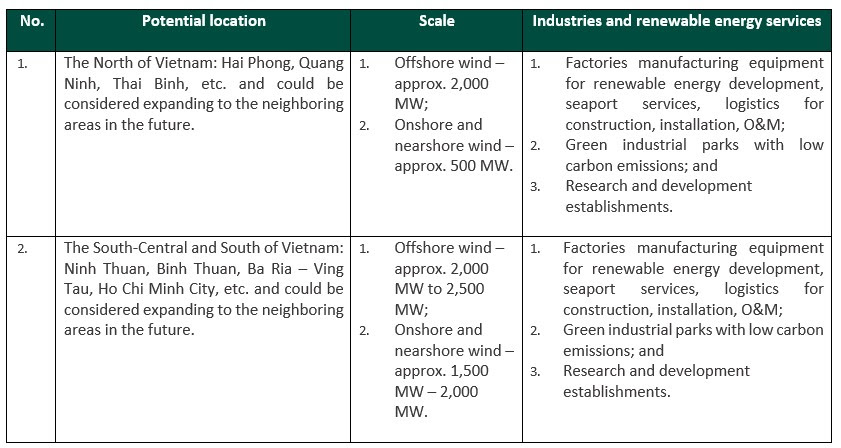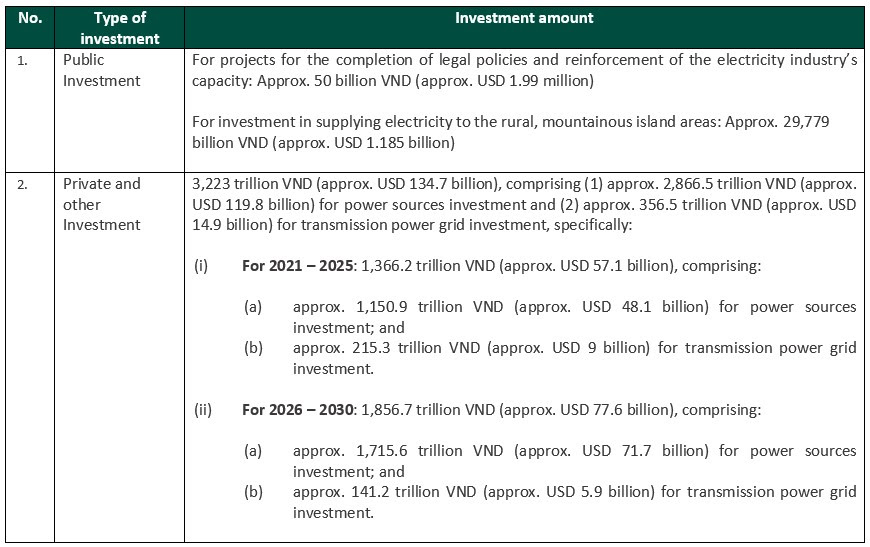Vietnam’s PDP8 Implementation Plan
DFDL Vietnam
26th May 2024
On 1 April 2024, the Prime Minister of Vietnam (the "PM") issued Decision No. 262/QD-TTg on approving the plan to implement the National Power Development Plan for the period of 2021 – 2030, with a vision to 2050 (“Decision 262”), with immediate effect.
Please Login or Register for Free now to view all updates and articles
In addition to free-to-view updates and articles, you can also subscribe to the full Legal Centrix Vietnam Service including access to:
- Overview notes on the law
- Thousands of high quality translations of legislation covering all key business areas
- Legal and tax updates
- Articles on important legal and tax issues
- Weekly email alerts
- Sophisticated web platform and search
Legal Centrix is trusted by top law and accounting firms.
DFDL Vietnam
- Vietnam
- https://www.dfdl.com/
DFDL was established in 1994 and founded on a unique vision: to create an integrated legal, tax and investment advisory firm, with in-depth knowledge of the jurisdictions where we operate to provide tailored, efficient and practical services across our core areas of expertise.
Our integrated and expanding network of 11 offices, including affiliated firms, throughout nine countries in Asia namely: Bangladesh, Cambodia*, Indonesia*, Lao, Myanmar, Philippines*, Singapore, Thailand and Vietnam.
DFDL is uniquely positioned to help you access promising international growth opportunities in the world’s most dynamic region.
A team of over 140 advisers provides consulting services in:
- Banking and Finance
- Corporate and Mergers and Acquisitions
- Employment
- Energy, Mining and Infrastructure
- Real Estate and Construction
- Taxation
*DFDL collaborating firms
Click here to view the author's profile
Author

-
DFDL Vietnam
Vietnam
Tags
Related Content
- No related content
Recent updates
- Vietnam: Which certificates or licenses are the enterprises required to carry out chemicals importation activities?
- Vietnam: Land Use Rights As Capital: An Expanded Route for Foreign Invested Economic Organisations
- Vietnam: Penalty interest in credit contracts
- Vietnam: Labour subleasing in the technology sector in Viet Nam
- Vietnam: Key Highlights of the New Circular on Opening and Using Overseas Foreign-Currency Accounts by Institutional Residents
- Vietnam's New Capital Gains Tax Regime






